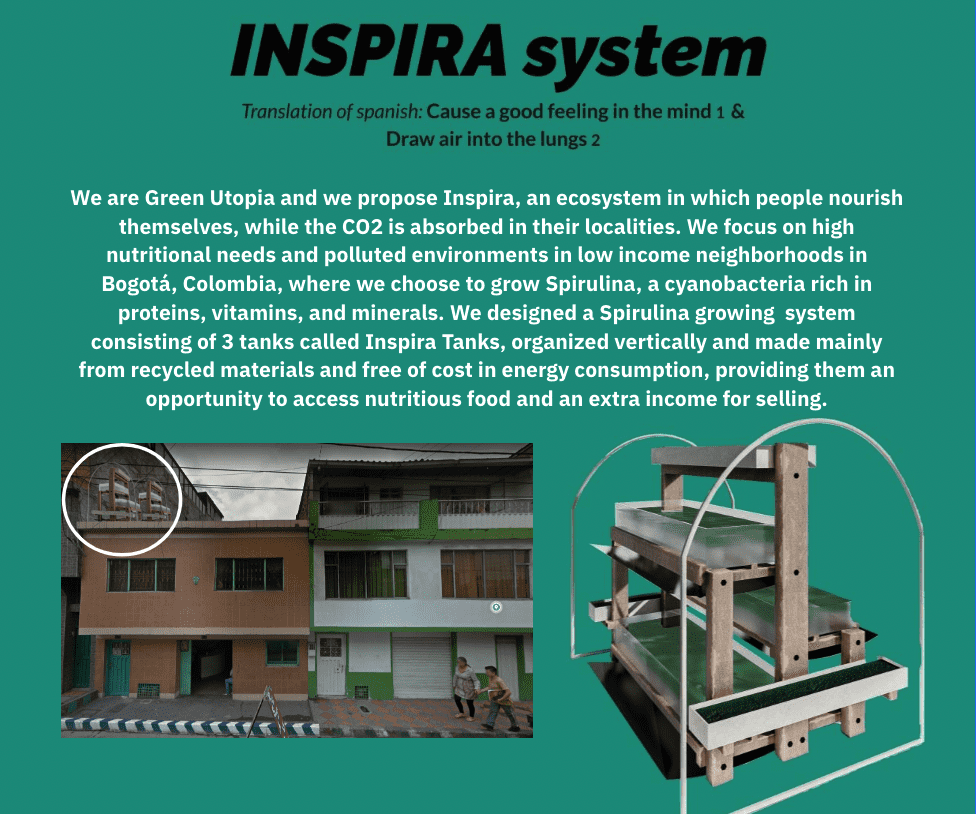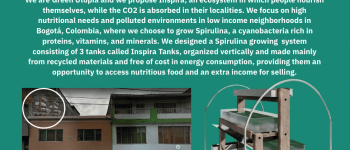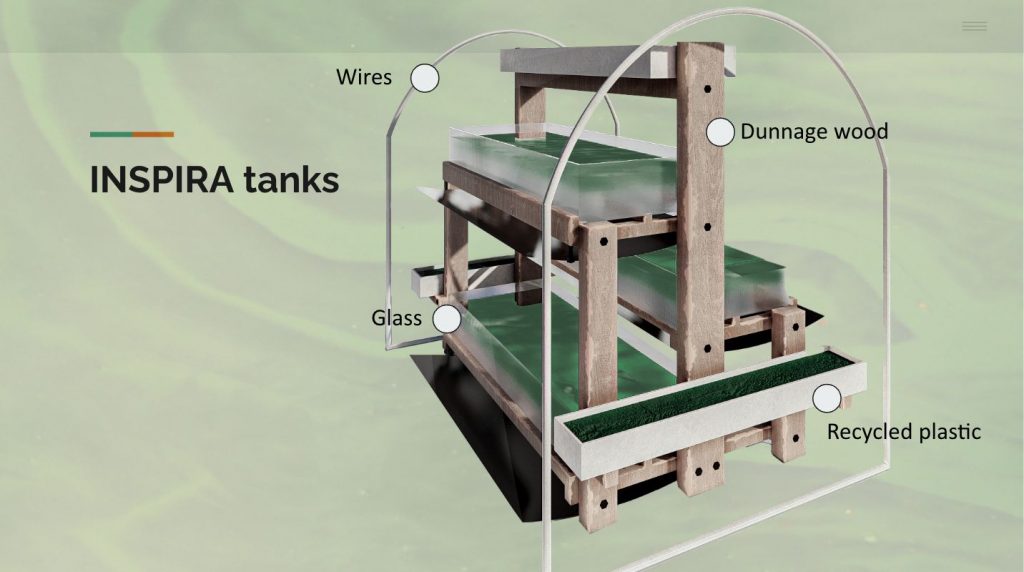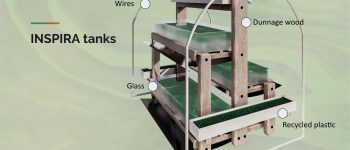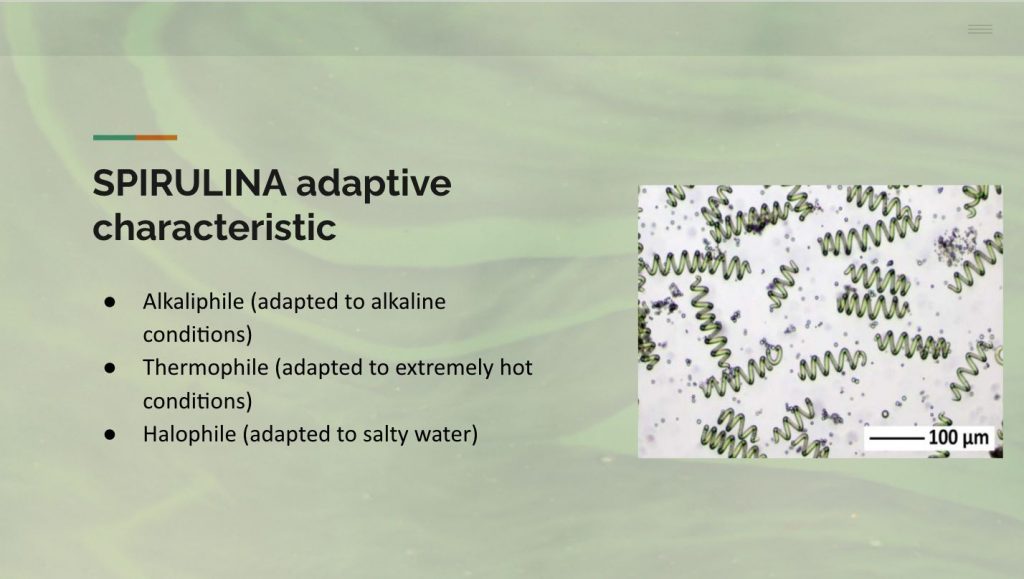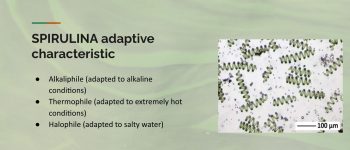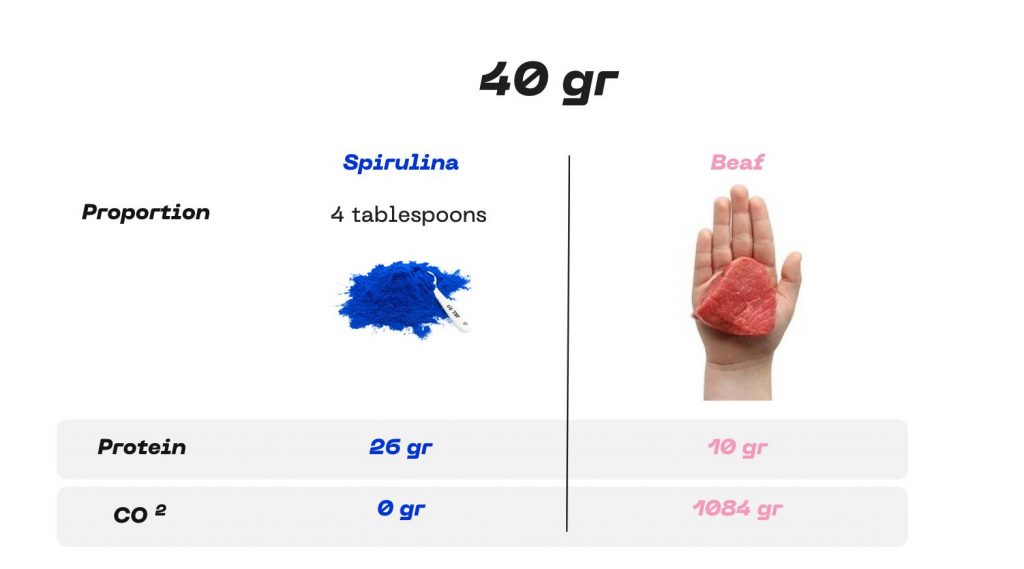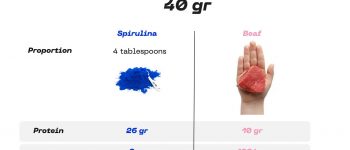General Objective:
This project aims to introduce and promote the cultivation of spirulina in low-income neighborhoods in Bogotá. The initiative targets combating malnutrition, creating new income opportunities, and enhancing environmental sustainability within vulnerable communities.
Project Phases:
1. Training Phase:
Water Viability Study: We will begin with a comprehensive analysis of the area’s water to ensure its suitability for spirulina cultivation.
Spirulina Cultivation Training: Community members will receive specialized training in efficient and sustainable spirulina farming practices.
Cultivation Kit Distribution: Participants will be equipped with spirulina cultivation kits and installation of cultivation modules on their terraces.
2. Cultivation Initiation:
– We will implement user-friendly cultivation modules, designed to optimize space and solar exposure on household terraces.
– Nutrients and sodium bicarbonate will be added to foster healthy spirulina growth.
– Regular pH monitoring and quality assessments will be conducted to ensure the cultivar is fit for consumption.
– Each tank is expected to produce 1 kg of spirulina daily.
Innovative Cultivation System Design:
Our cultivation system is tailored to the average available terrace area in the neighborhoods, approximately 45m². A single cultivation module occupies less than a third of this space, around 1.65m², allowing for multiple units on larger terraces. Selected terraces must be open to ensure full-day sun exposure. Each module will be covered with recycled transparent plastic to protect against night-time temperature drops and rainwater contamination, ensuring sustainability and effectiveness.
3. Consumption and Commercialization Phase:
– Spirulina will be processed for consumption in both dehydrated and fresh forms, the latter being tasteless to facilitate its incorporation into traditional dishes.
– We will encourage the commercialization of spirulina pigments and direct sales in community spaces.
– Spirulina will be integrated into school meals to enhance child nutrition.
– We will develop attractive and healthy products, leveraging the vibrant colors of spirulina to create fun and familiar options for children.
Laboratory Innovations:
In our laboratory, we are advancing through genetic engineering to develop different varieties of spirulina that produce pigments usable as natural food dyes. Beyond the commercial advantages, a higher concentration of specific chlorophylls offers enhanced nutritional value and disease prevention capabilities.
To this end, we are working on the overexpression of phycocyanin in spirulina genes to produce blue color, and the overexpression of anthocyanins to produce red/orange color. Phycocyanin is known for its antioxidative, anti-inflammatory, anti-cancer, immune-enhancing functions, and its ability to protect the liver and kidneys. Similarly, anthocyanins have been highlighted for their potential in reducing the incidence of cardiovascular diseases, cancer, and hyperlipidemias.
Upon achieving the desired modifications, the most productive spirulina variety will be selected as the “seed” for the growth systems in the neighborhoods.
Expected Impact:
With a focus on improving nutrition, generating income, and promoting sustainability, this project aims to be a replicable model of urban spirulina farming. Through education and innovative cultivation design, we seek to empower communities to adopt sustainable agricultural practices and enhance their quality of life.
Our approach involves the establishment of a Circular system—a local production and distribution network—aiming to improve nutritional well-being and provide additional income for community members. Simultaneously, this initiative contributes to environmental health by purifying the air in our surroundings.
Spirulina, selected as a superfood biotechnology, stands out due to its minimal care and input requirements, rapid production, and environmental benefits as it converts CO2 into Oxygen. To make this superfood accessible to families in selected neighborhoods, we have designed a DIY circular farming system. This system enables affordable, highly nutritious, and appealing food with a minimal investment of money and time, potentially generating extra income for the families involved.
- Neighbors: Homeowners
- Informal Workers
- Farmers and Consumers
- Sellers and Consumers
- Senior Citizens
- Children (noted as the principal consumers)
- Community action boards
2. Laboratory
- Financer and Regulator
- Equipment and Strains Provider
3. Fertilizer and Nutrient Suppliers
4. Scrap Material Supplier
5. INVIMA (National Institute of Food and Drug Surveillance)
- Regulator

